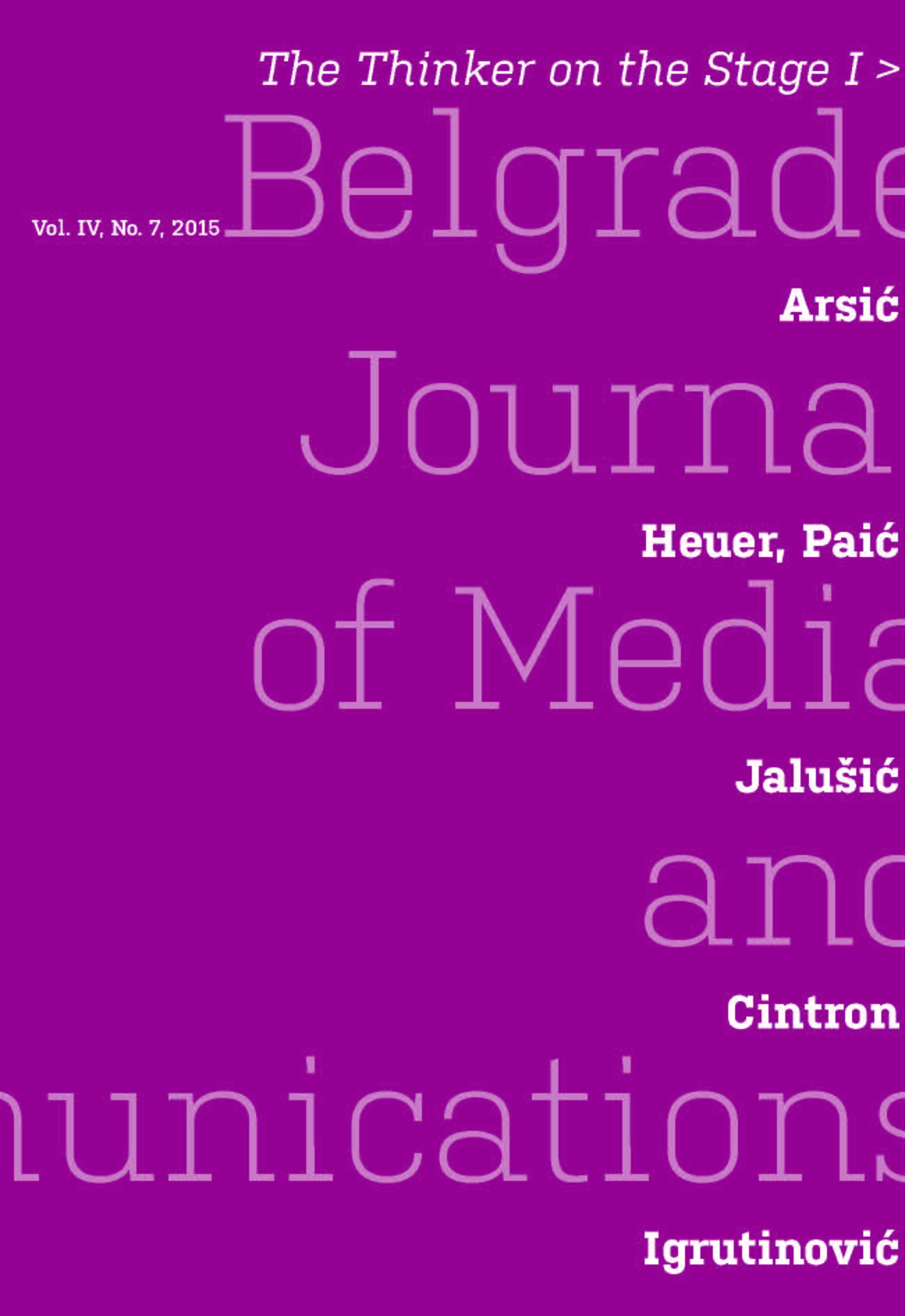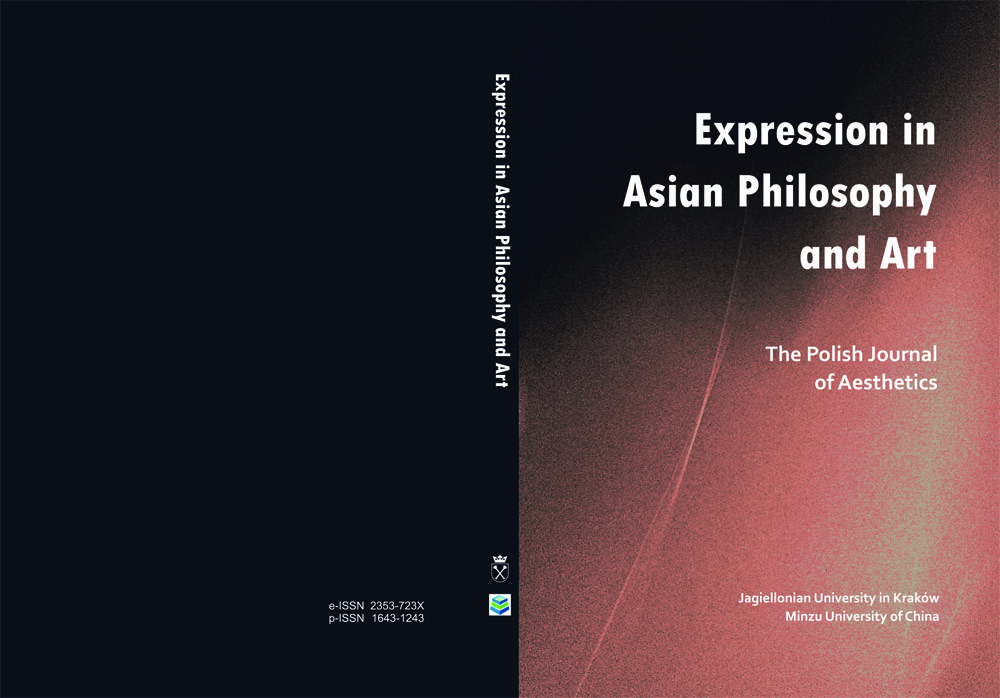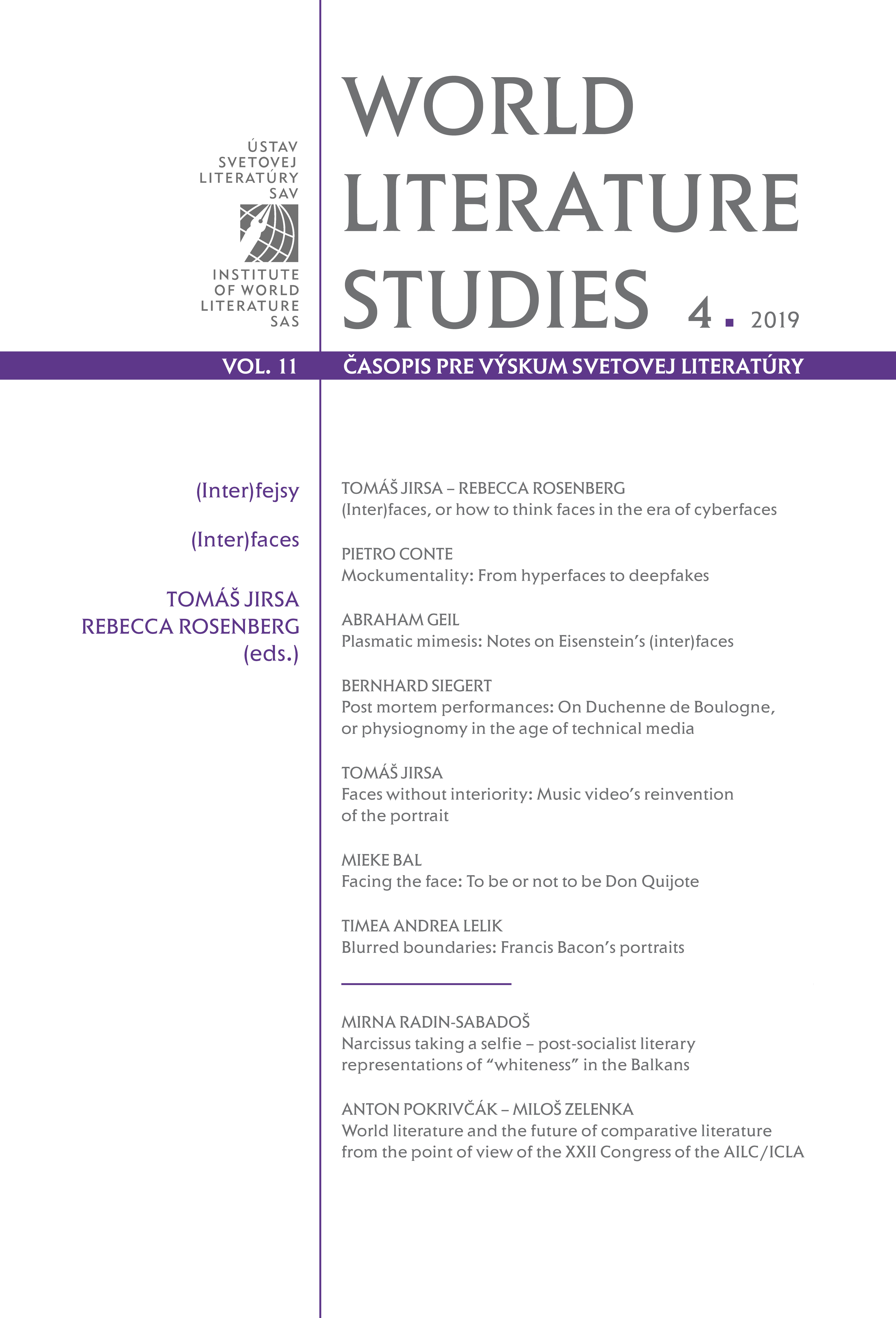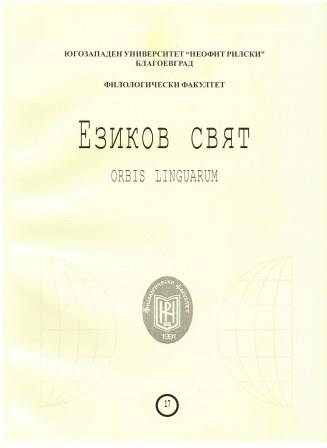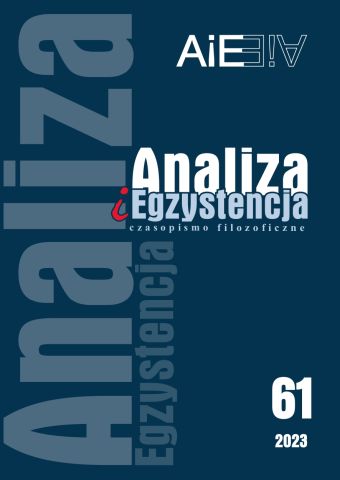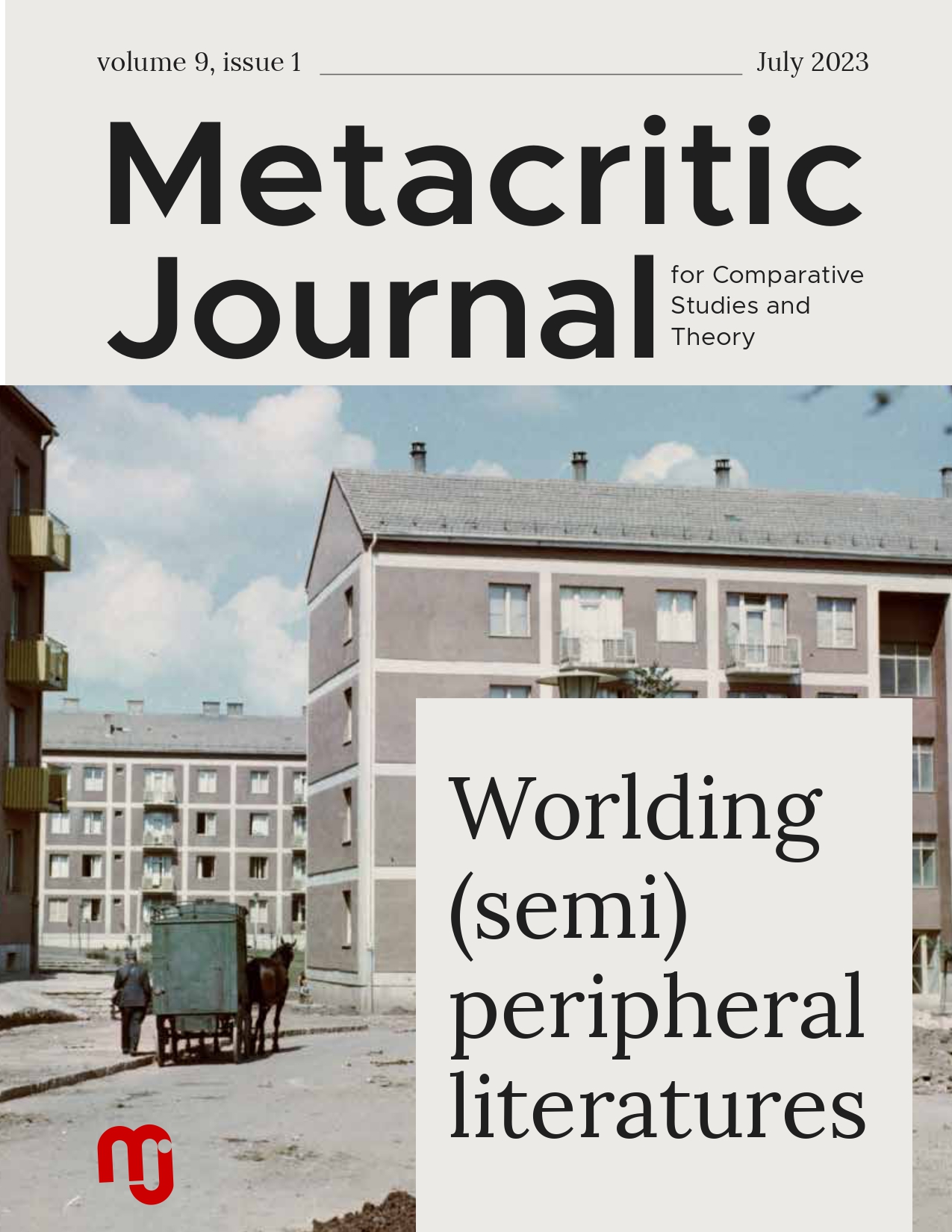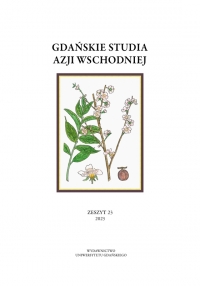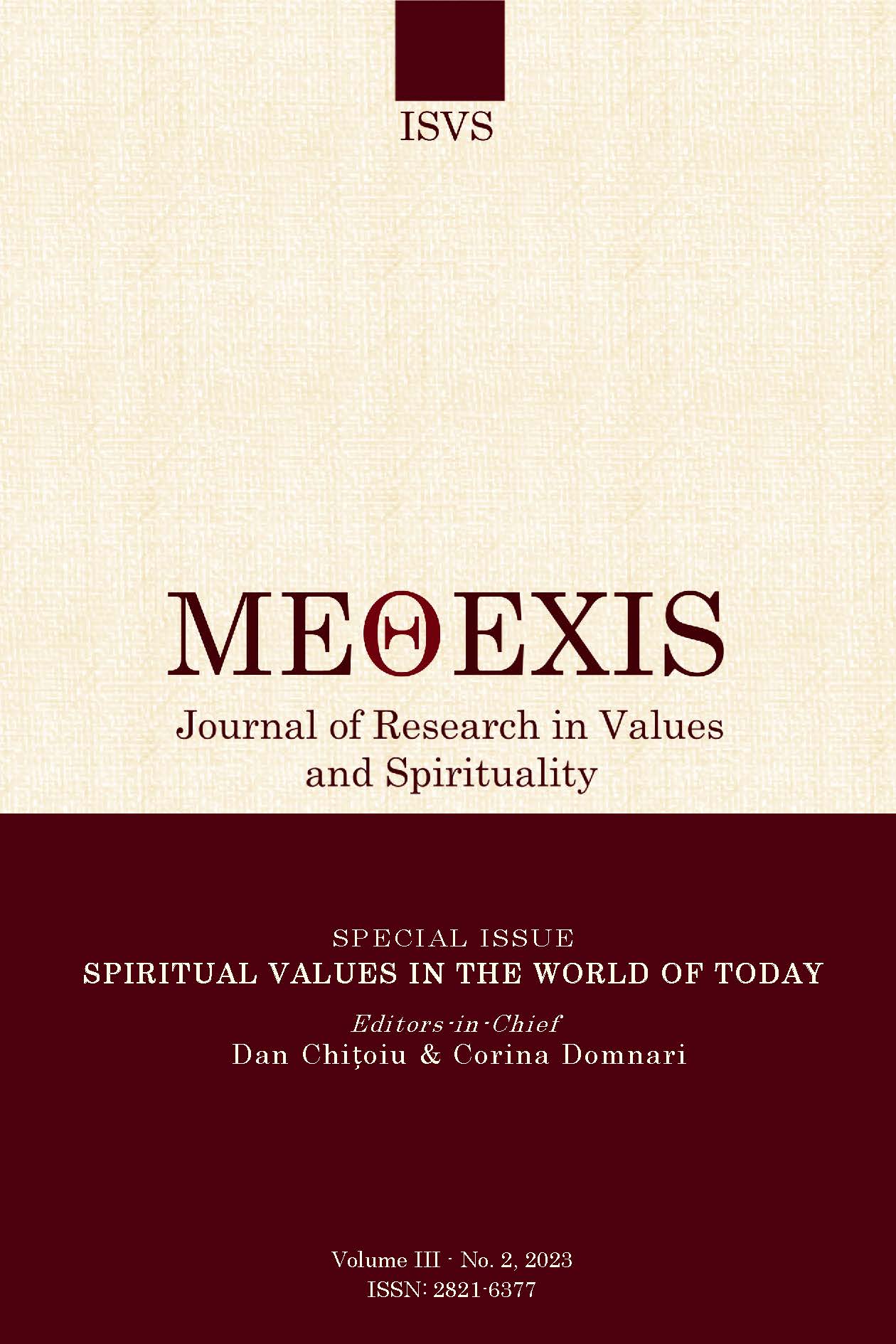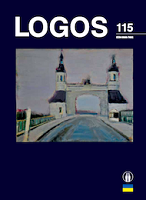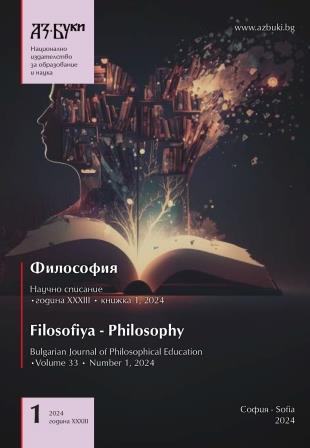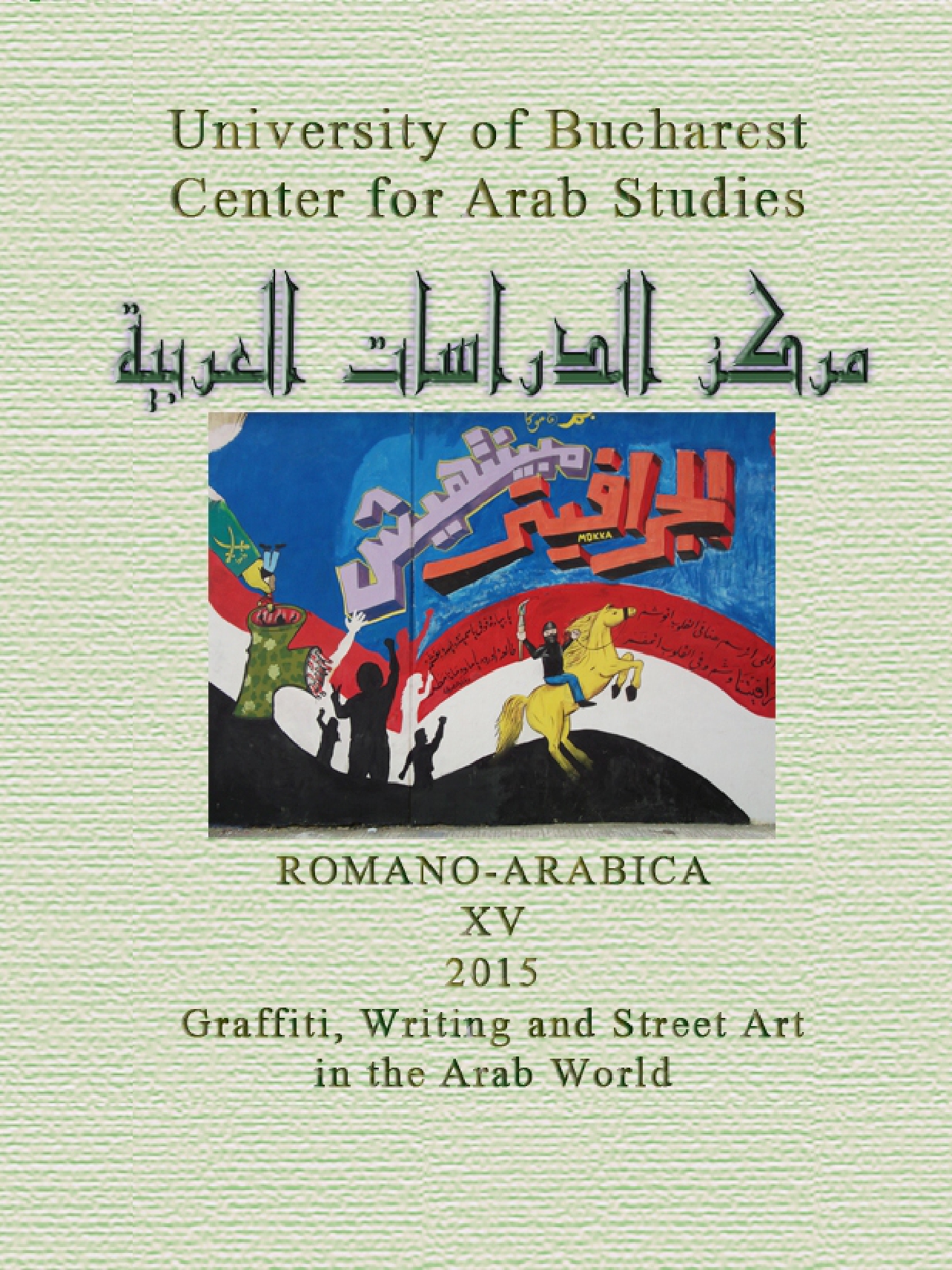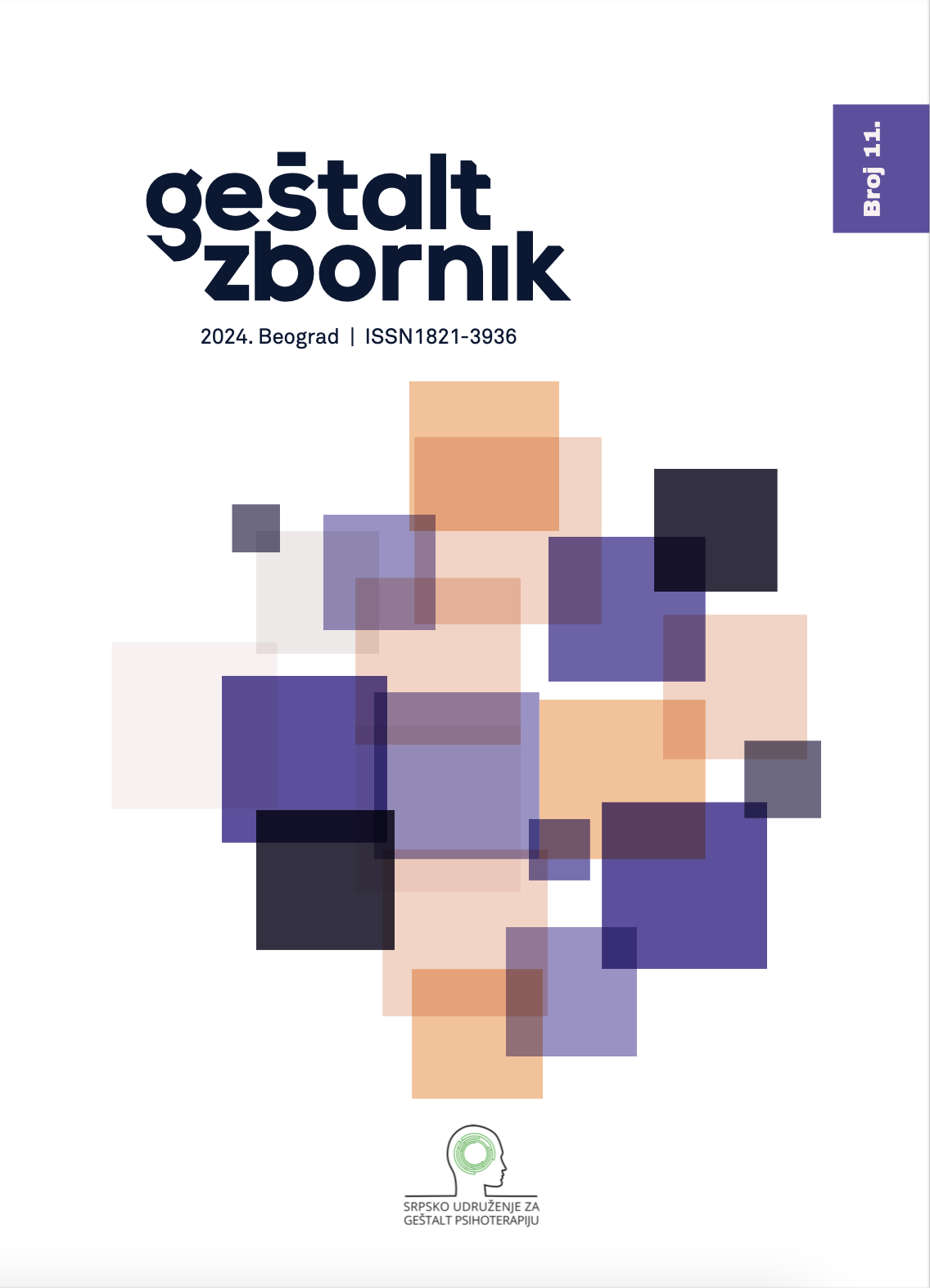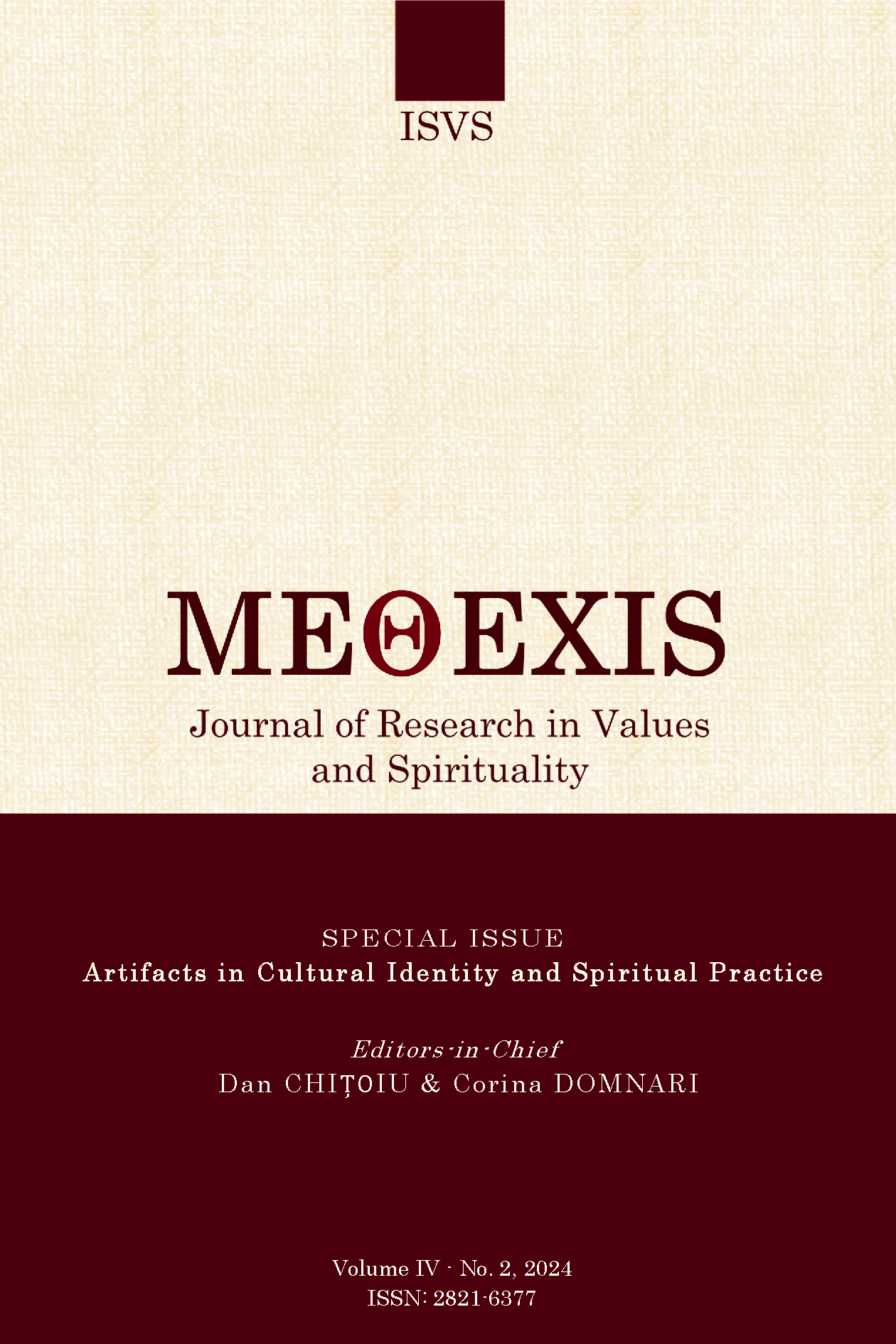Author(s): Amir Khan Ahmed / Language(s): English
Issue: 2/2023
The study undertakes a philosophical inquiry into the profound influence of spiritual values on the trajectory of human civilization. Throughout history, diverse societies have developed intricate belief systems and spiritual frameworks that serve as the bedrock for their moral, ethical, and existential principles. These spiritual values, transcending religious confines, manifest in various cultural, philosophical, and ethical traditions. The study delves into the core essence of spirituality, probing its origins, and its pivotal role in human development. It examines how spiritual values have guided and molded human behavior, ethics, and social structures, simultaneously fostering unity and division within societies. Drawing from a rich philosophical tapestry, this study investigates how spiritual values have informed ethical philosophies, moral paradigms, and the pursuit of the greater good. It explores ethical quandaries and conflicts arising from diverse interpretations of these values, while also emphasizing their potential to ignite compassion, empathy, and societal transformation. It assesses the contemporary relevance of spiritual values in an increasingly secular world, where the boundaries between spirituality, ethics, and secular humanism blur. The study scrutinizes how modern philosophy and science intersect with spiritual values, contributing to a broader comprehension of human consciousness, purpose, and interconnectedness. Ultimately, the study seeks to contribute to the ongoing discourse on the significance of spiritual values in human existence and their enduring influence on our collective journey. By exploring the intersections of philosophy, spirituality, and humanity, it illuminates the profound ways in which spiritual values continue to shape and guide our shared destiny.
More...
